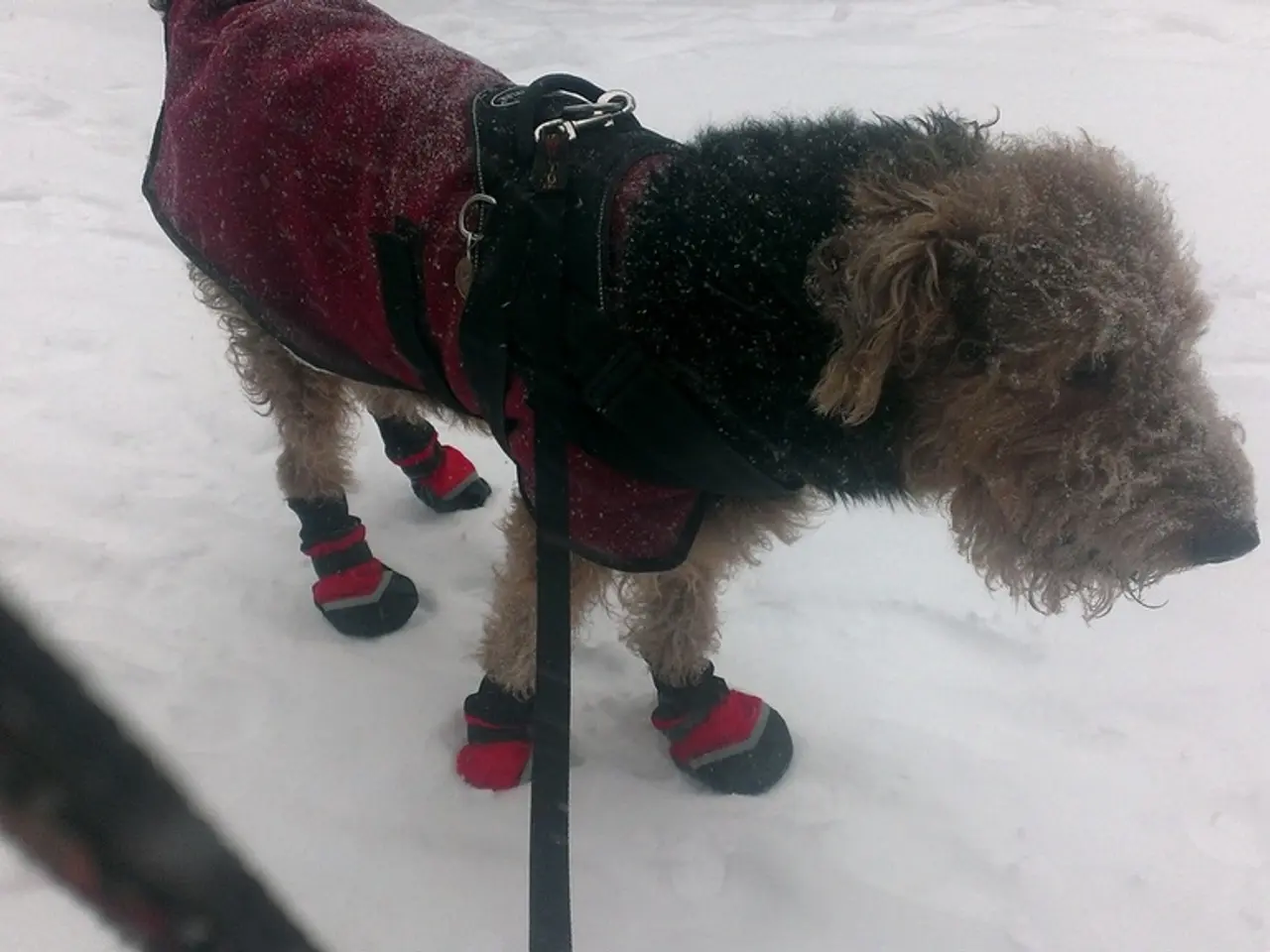Dog Owners: Protect Pets from Hypothermia in Cold Weather
Dog owners should be aware of the risk of hypothermia in their pets, especially during cold weather. Hypothermia can occur when dogs are exposed to temperatures below approximately 45°F, particularly in windy or rainy conditions, or when their internal regulatory system fails. It's crucial to recognize the signs and take preventive measures to keep dogs safe and warm.
Hypothermia in dogs can range from mild to severe, with varying costs for treatment. Mild cases may only require an office visit, while severe cases can cost thousands of dollars. If you suspect your dog has hypothermia, seek veterinary care immediately. Avoid trying to warm them up too quickly at home, as this can cause further harm. Signs of mild hypothermia include shivering, feeling cold to the touch, and lethargy. Severe hypothermia can lead to collapse and minimal responsiveness.
Certain dog breeds are more susceptible to hypothermia. These include small, short-nosed, or hairless breeds like Chihuahuas, Poodles (small varieties), Pugs, Xoloitzcuintles, Bulldogs, and Chinese Cresteds. Factors increasing the risk of hypothermia include body size and weight, hairlessness or thin fur, short noses, age, health conditions, environmental conditions, and body condition. To prevent hypothermia, consider a dog's cold tolerance, avoid leaving them unattended outdoors, and gradually acclimate them to colder temperatures. Monitor dogs closely when they're outdoors in cold weather and limit their outdoor time in such conditions.
Hypothermia in dogs can be a serious issue, but with proper care and prevention, it's avoidable. Keep an eye on your dog's behavior and physical condition in cold weather, and don't hesitate to seek veterinary help if you suspect hypothermia. By taking these steps, you can ensure your dog stays healthy and comfortable throughout the colder months.





